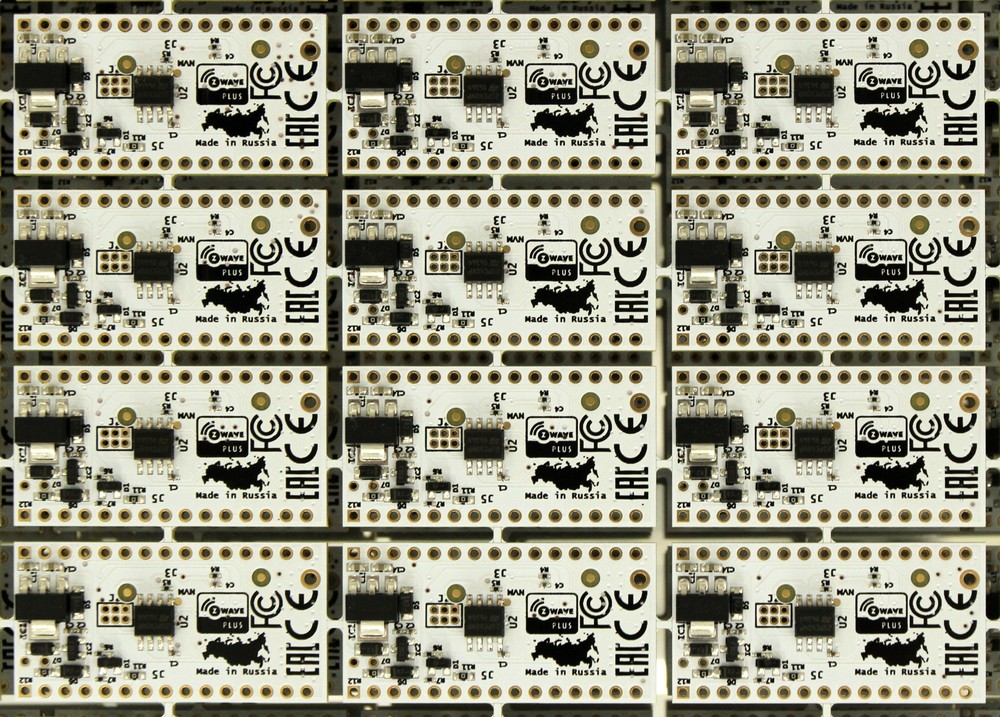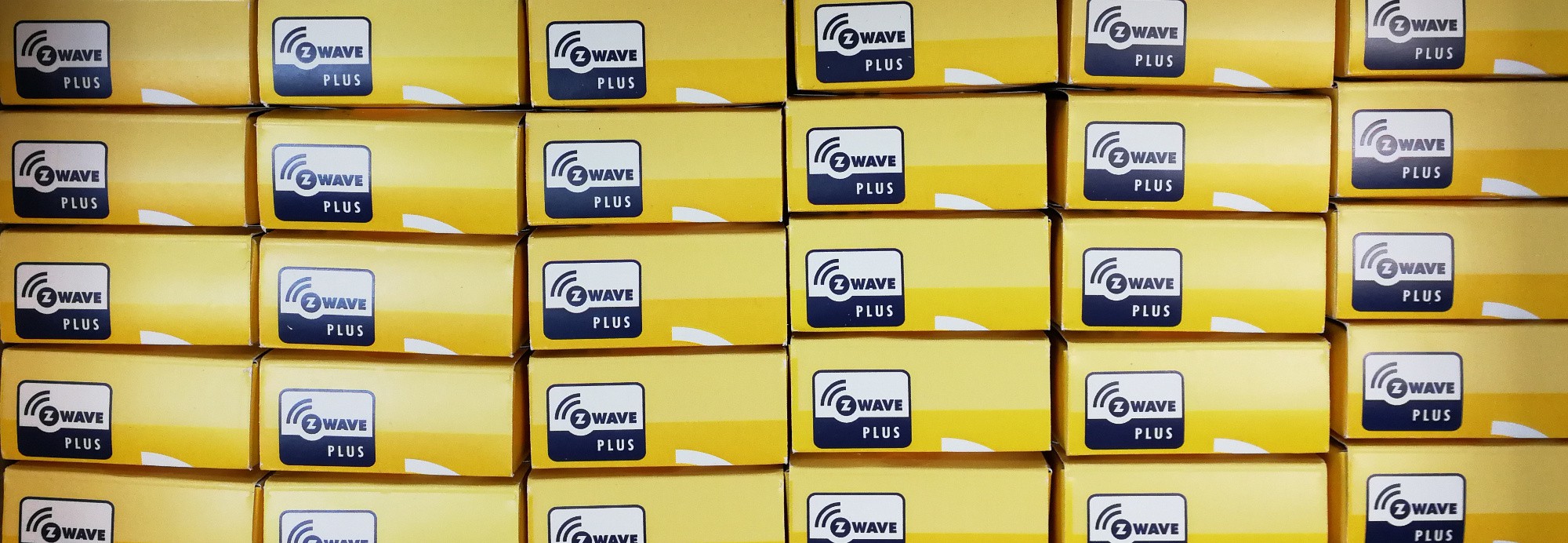-
Z-Uno Shield — extension board to your Z-Uno
04/15/2019 at 07:04 • 0 commentsFor those who don't really have time to solder or program we have created the Z-Uno Shield.
![]()
The Z-Uno Shield makes wiring very easy: terminal strips allows easy connection. It contains a 12V/24V (in fact 10-28V) power supply, real 0-10V analog output, four open collector PWM outputs to directly drive an RGBW LED strip or contactor relays, MAX485 for RS485 bus, a connector for OneWire and four voltage dividers for 0-12V/0-5V/0-3V analog inputs (configured using jumpers).
For those who still like to solder, there is a tiny breadboard on the Shield!
Z-Uno Shield fits perfectly three types of cases:
- DIN-rail variant in Gainta D4MG (http://www.gainta.com/en/d4mg.html) - available now.
- Sealed enclosure (IP65) Gainta G2104C (http://www.gainta.com/en/g2104c.html) - available now.
- Enclosure with flanges Gainta NUB1057035WH (http://www.gainta.com/en/nub1057035wh.html) - buy the NUB enclosure yourself.
All this allows very comfortable usage of your Z-Uno.
But what about programming? You can of course program your Z-Uno in the Arduino language a before, but for busy (lazy) people we have created a Z-Uno Shield Configurator that allows to generate the full sketch based on the peripherals you define. You can of course still add you own hacks to the generated code!
More info on the Z-Uno project web site.
![]()
![]()
-
Z-Uno now supports Z-Wave Security S2
03/10/2018 at 21:33 • 0 commentsGreate news - a version of Z-Uno software (we call it bootloader) with the new Z-Wave Security S2 encryption is now available. To benefit from it you need to have an S2 capable controller in the network.
[About S2] Z-Wave Security S2 is currently one of the most secure common known IoT protocols! It uses ECDH with a PIN code to share the network keys over the air securely. Three security levels ensures that even compromising some device one can still not get control onthe full network.
More info on https://forum.z-wave.me/viewtopic.php?f=3427&t=26222&p=73103#p73103
-
Z-Uno will soon be available in a Mini variant
09/22/2017 at 01:37 • 0 commentsWe are now working on Z-Uno Mini. May be we will call it Z-Tiny ;)
Z-Uno Mini will be about 27x16 mm module ready for SMD. Same number of pins, same functionality, same flexibility, but smaller that Z-Uno, no buttons, no USB port, PLS, no LEDs and no power circuit - it is suitted to fit on your PCB like any other modem module.
Z-Uno (the current, big one) is made for fast prototyping of Z-Wave devices and DIY projects. Unlike its big brother, Z-Uno Mini is designed to make small production of your devices. Want to make 50-500 Z-Wave ketlers or Z-Wave radiation sensors? Z-Uno Mini is your choice.
Are you interested in this variant of Z-Uno? Please write us your ideas about the device.
-
Porting Arduino language to the Z-Wave chip
08/19/2017 at 13:20 • 0 commentsZ-Uno is based on the Z-Wave ZM5101 chip (manufactured by Sigma Designs). ZM5101 belongs to 8051 family and there are only few good compilers for that platform. All Z-Wave devices uses a very powerful, but complex and expensive Keil compiler. This makes development of Z-Wave IoT devices pretty hard.
To allow using Arduino IDE for your development we had to provide an alternative free compiler still making all the Z-Wave radio transmission job under the hood.
After a long investigation we have decided to pick up free and open source sdcc compiler and use it to compile user part of the code. At the same time all the Z-Wave magic is still done in our bootloader code that is compiler using Keil with Z-Wave SDK. This bootloader works with the internal RF module, handles Z-Wave network management, packet transmission and most of service communications. Your sketch is responsible for the peripherals (like in Arduino) and operation logic (what to turn on/off, where and when to send events from sensors).
And here the magic begins! We have two binary firmwares compiled using different compilers (even having different ABI) and executed on a single chip. That was a kind of funny trick to make them love each other. Think of if as a one process operating system: our bootloader code provides system calls to your sketch code.
For those who are interested in those tricks, we wrote a very descriptive article on the underhood magic: https://habrahabr.ru/post/313898/ (use google translate to read it in English).
-
Z-Uno manufacturing
08/19/2017 at 10:04 • 0 commentsWe care a lot about manufacturing and quality control. This is why we decided to assembly Z-Uno in our homeland under lovely care of Rezonit factory.
Microscope inspection of Z-Uno PCB before mounting
SMD assembly test points check on the production line
Z-Uno soldering quality inspection in X-rays
Ongoing Z-Uno assembly
Z-Uno packing boxes are designed to be beautiful and keep Z-Uno safe during transportation
![Z-Uno package Z-Uno package]()
 Poltorak Serguei
Poltorak Serguei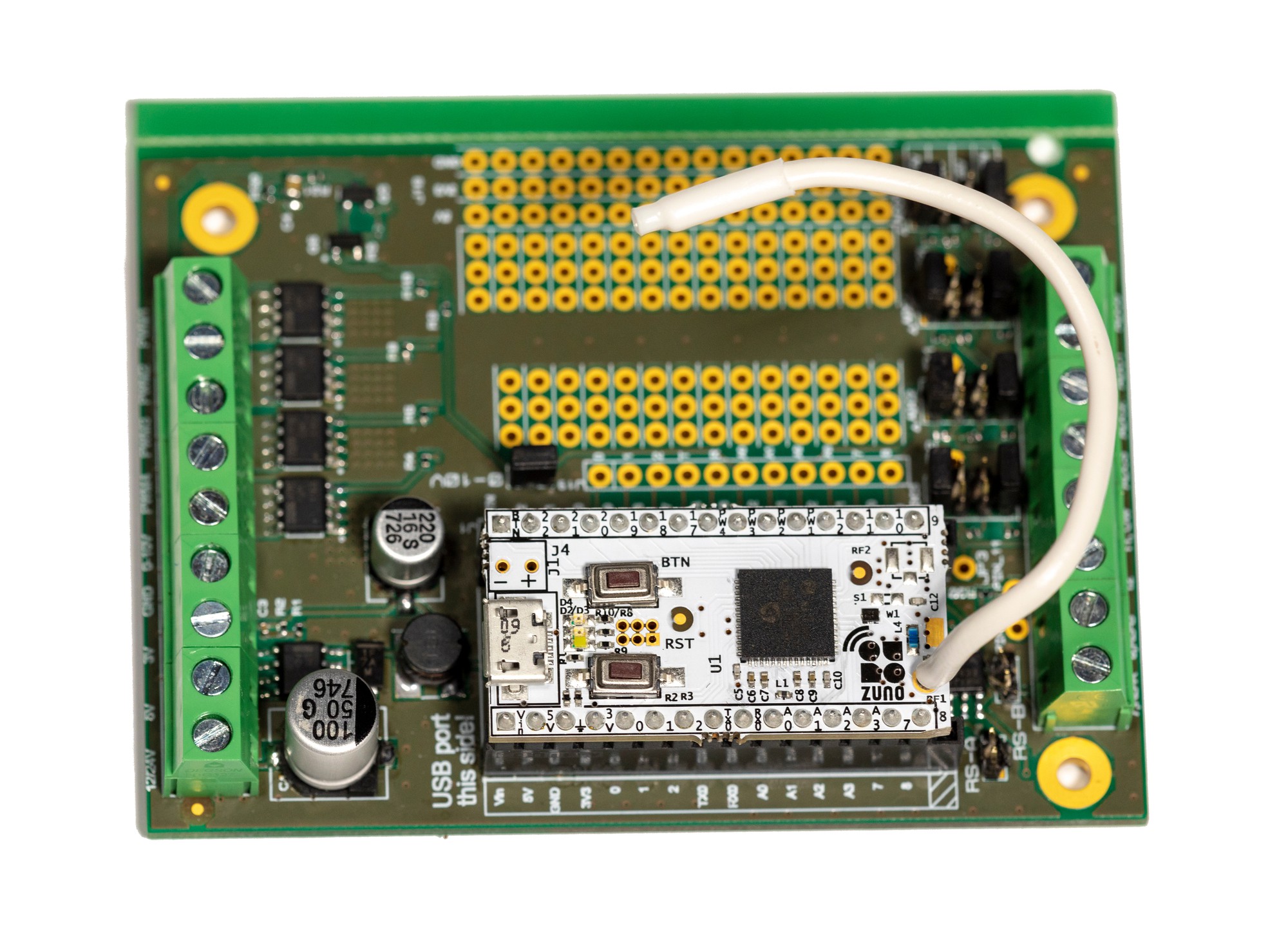

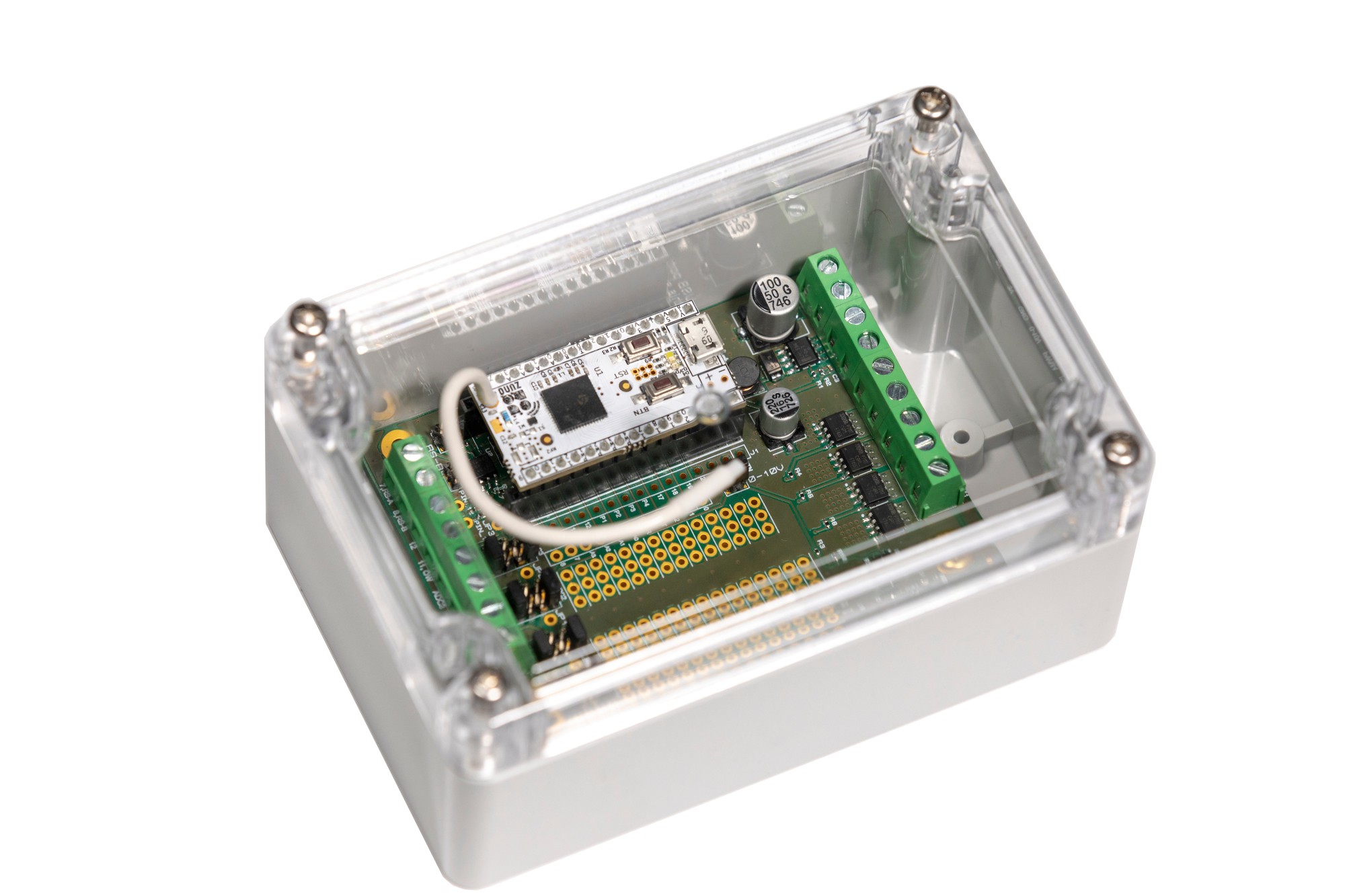
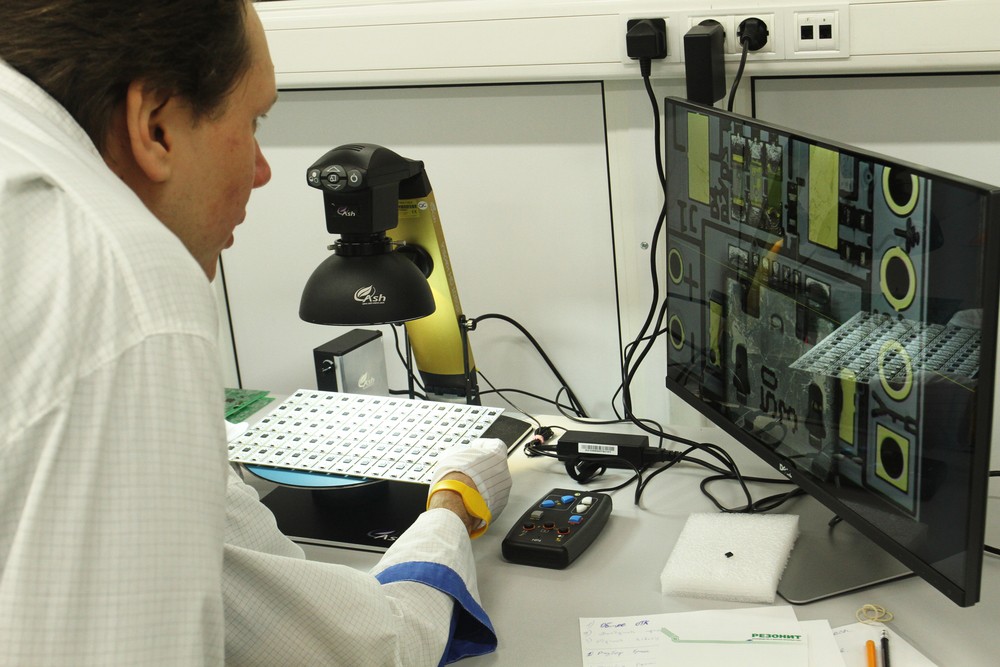 Microscope inspection of Z-Uno PCB before mounting
Microscope inspection of Z-Uno PCB before mounting SMD assembly test points check on the production line
SMD assembly test points check on the production line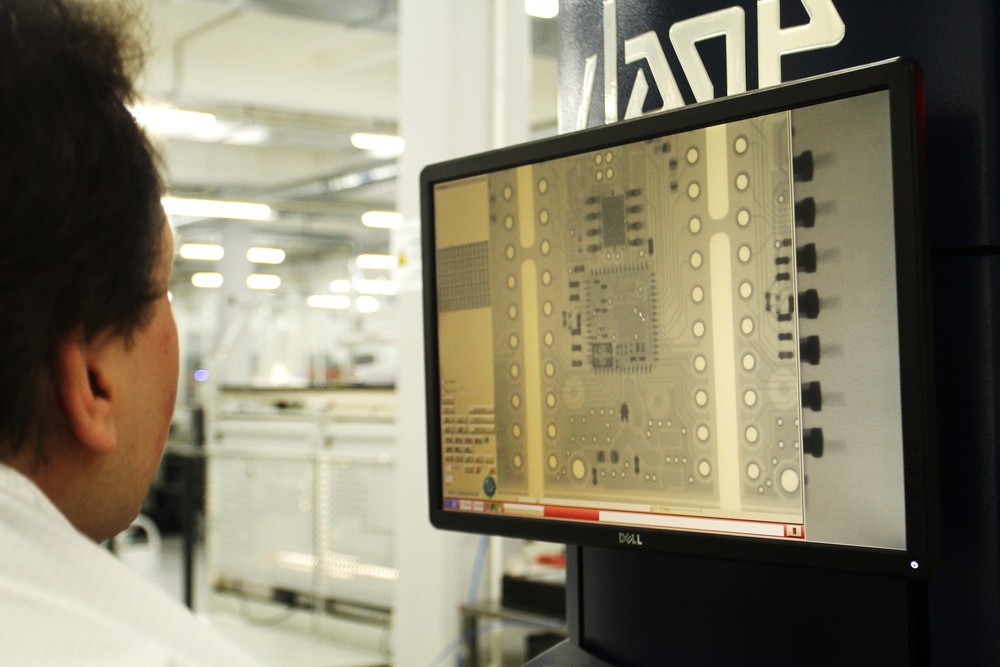 Z-Uno soldering quality inspection in X-rays
Z-Uno soldering quality inspection in X-rays